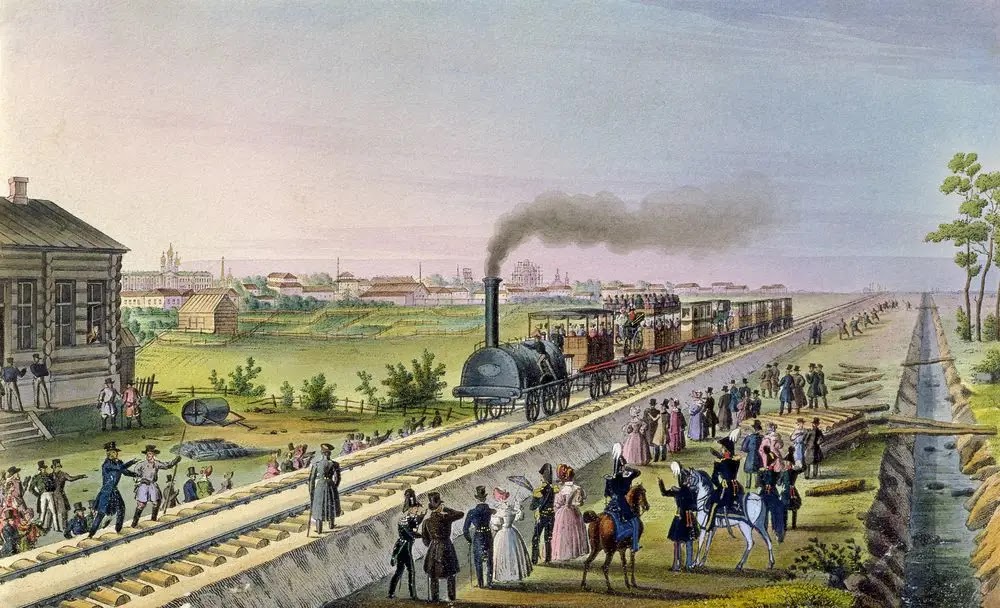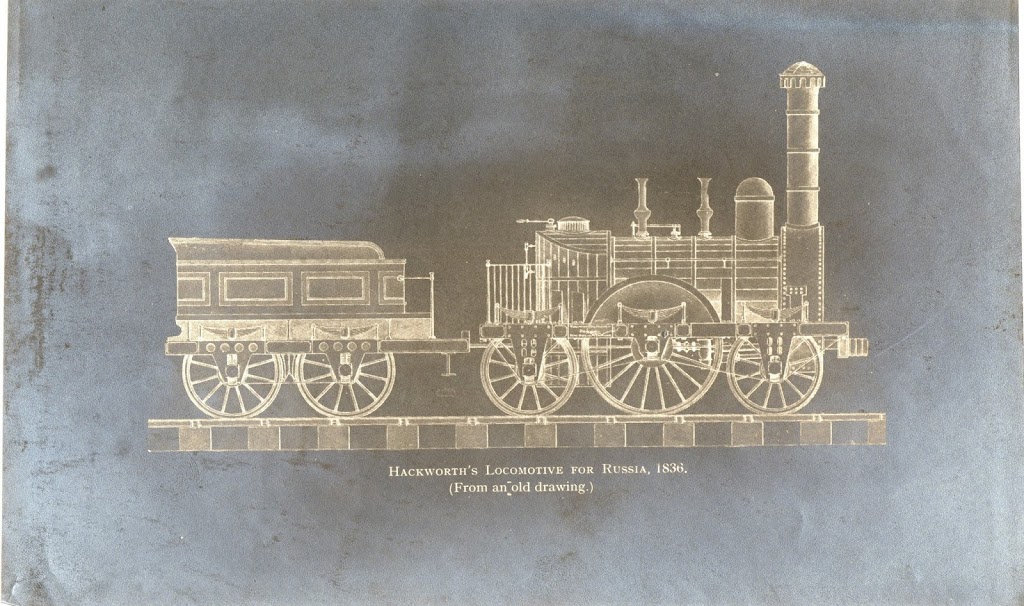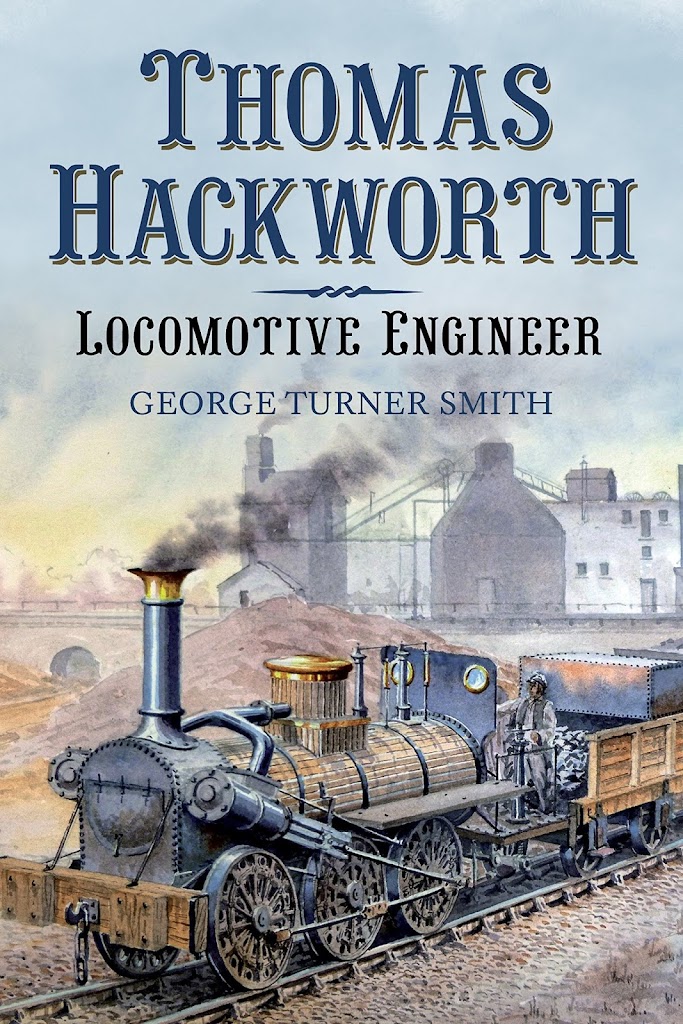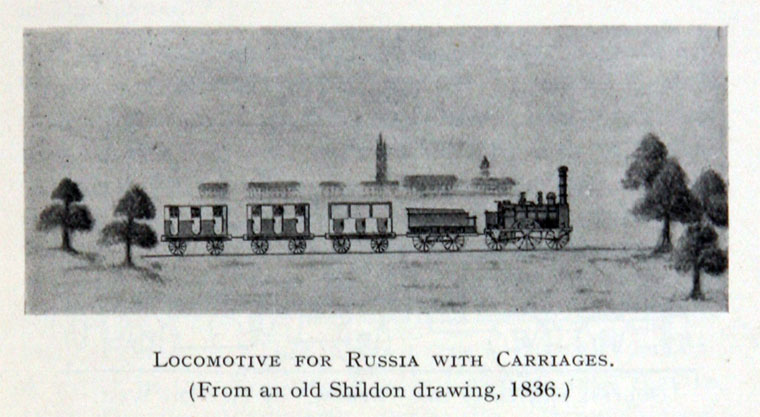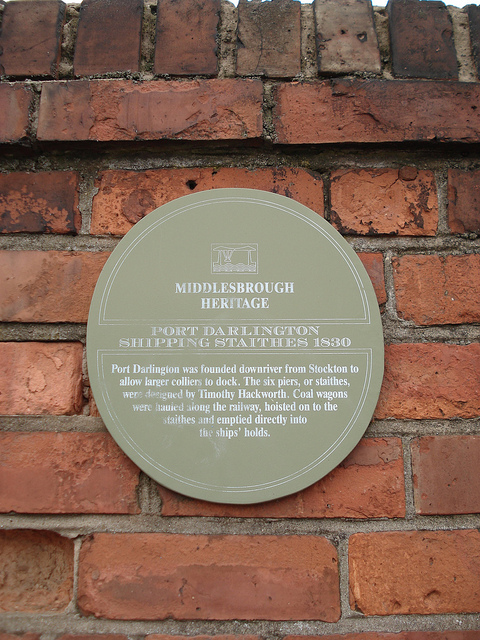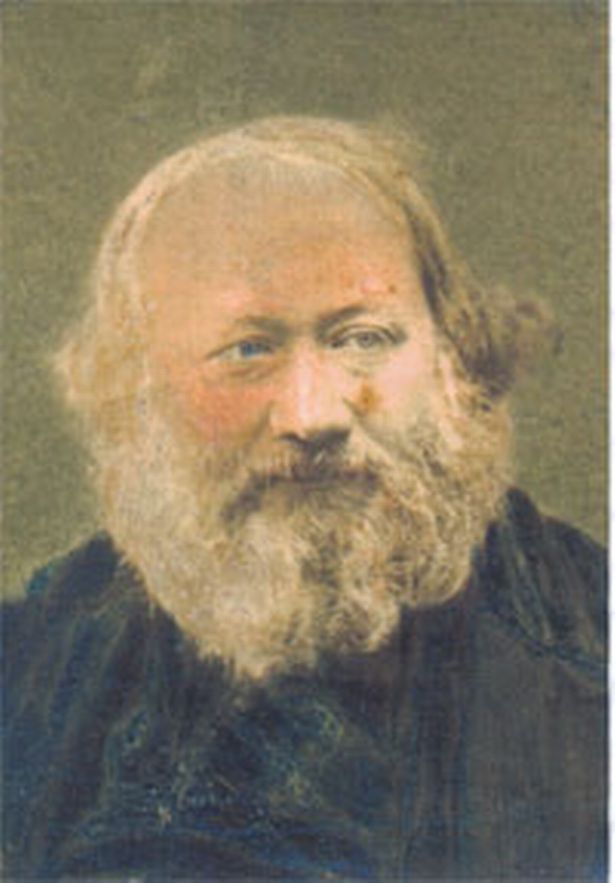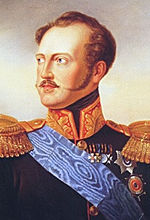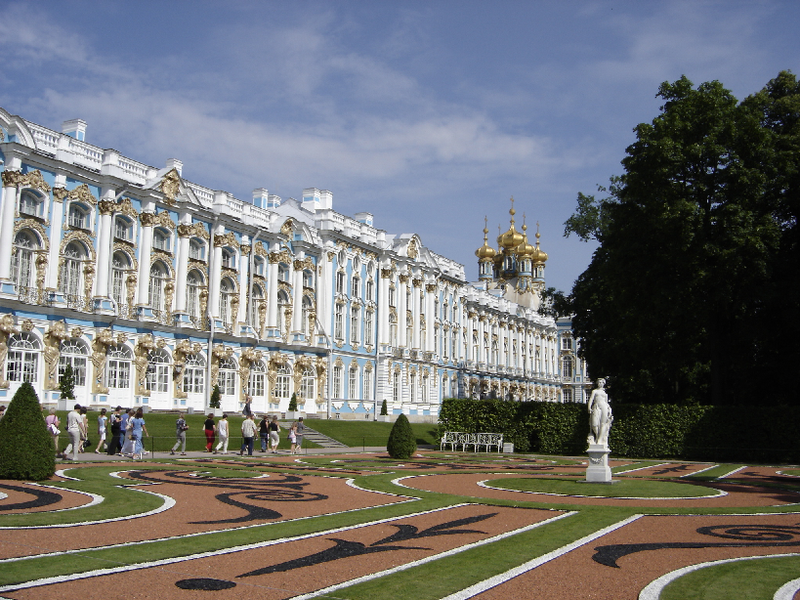Russian Locomotive
1956, David Burke wrote that in 1836 “A 16-year old English boy (John Wesley
Hackworth) gave Russia her first railway locomotive. He (and his team) faced
blizzards, wolves, and misfortune, and at the end of his journey, crowds
cheered him, priests blessed him, and he received the Tsar’s congratulations”
Ulick Loring
(the great-great grandson of Timothy Hackworth) comments that “for a young
man reared in the austerity of nonconformist north-east England, to be exposed
to Imperial Russian life must have been a heady experience. It is difficult
nowadays to imagine the contrast between English and Slavic religion and
culture and how it could affect visitors from Western Europe. His locomotive
was the first among several ordered from Western Europe, to arrive at St.
Petersburg. This was on 3rd October 1836 (Russian Calendar).”
The duty of
introducing the locomotive to Russia devolved upon Timothy Hackworth’s eldest
son, John. Such a journey at that time was a perilous proposition and Timothy’s
decision to send his son couldn’t have been taken lightly! It may have been
because both Timothy and Thomas were under considerable pressure and Thomas had just got married to a French
woman, Adele Celestine Hennon, but
as Robert Young says John Wesley Hackworth was ‘a well set up youth, nearly
as tall as his father, and a keen and clever engineer, absorbed in his
profession and in appearance, much older than his years.’
Two engines
were outsourced to the Hackworth’s Soho works, New Shildon but only one
was built,
but was the first to be delivered to Tsar Nicholas 1. George Turner Smith says,
“In effect, the engine was a typical Stephenson 2-2-2 ‘Patentee…The engine
was crated up and transported on a modified flatbed wagon, along the S&D
rails to Port Darlington in Middlesbrough…The locomotive was loaded on to the
brig – Barbara”
(George Turner Smith – Thomas Hackworth (Locomotive Engineer) 2015 p10)
On the 17th
September 1836, The Durham Advertiser reported –
“On
Thursday, 15th September, a large and powerful locomotive engine, built by
Timothy Hackworth of New Shildon for the Emperor of Russia was shipped on board
the ‘Barbara’ at Middlesbro’. This engine is constructed on an improved
principle and finished in the best manner. She
has been tried on the premises and propelled at the rate of 72 miles per hour.
It is said that this machine and the similar one built at Newcastle, will on
their arrival at St. Petersburg, have cost the Emperor upwards of £2,000 each.
Who, a few years ago, would have dreamed of the exportation of machinery from
the River Tees? This engine is for travelling on the railroad from St.
Petersburg to Pavlovsky where stands one of the country palaces of his Imperial
Majesty.”
(Railcentre website http://www.railcentre.co.uk/RailHistory/Hackworth/Pages/HackworthPage5.html#ImageLeft03_ID )
The locomotive
arrived at Port Darlington, Middlesbrough along with Hackworth’s team of
engineers. It is assumed the Barbara would be a brig but nothing much is known
about it. For any Middlesbrough historians wanting to do some research on the
ship, the records from Customs House, Middlesbrough are now in Teesside
archives.
Six years
earlier, Timothy Hackworth designed the coal staithes in Middlesbrough, in 1830, and there is a
plaque at Middlesbrough docks placed there by Jane Hackworth-Young , great great
grand-daughter of Timothy Hackworth,
in 1981.
Local
historian, George Markham Tweddell gave a description of the coal staithes in
1890.
“The railway
to Middlesbrough was opened December 20th, 1830, with a train of
passengers and
coal, one immense block of “black diamonds” from the Old Boy Colliery
figuring conspicuously, which, when broken, was calculated to make two London
chaldrons. Staithes had already been erected to load six ships at one time, and
the visitors witnessed the loading of the Sunnyside, under the management of
Mr. William Fallows, then in his thirty-third year, who the year previous had
been appointed agent to the Stockton and Darlington Railway at Stockton. The mode of loading the vessels laying along
the low-banked river was very ingenious. Each waggon of coal was run on to a
cradle, then raised by steam power to the staithes, and lowered by
“drops” to the decks, a labourer descending with each waggon, undoing
the fastening of the bottom, and thus allowing the coals to fall at once into
the ship’s hold, when he ascended with the empty waggon, which was returned to
the railway with the same machinery, in the principal gallery of the staithes,
covered in and adorned for the festive occasion, and lighted by portable gas –
the first ever burnt in Middlesbrough – a table, 134 yards long, loaded with
provisions, supplied the needed bodily refreshment to nearly six hundred hungry
spectators, all of whom entertained glowing hopes of the prosperity of the new
venture.”
(George Markham Tweddell in his History of Middlesbrough in Bulmer’s North Yorkshire Directory 1890 – http://georgemarkhamtweddell.blogspot.com/2012/12/tweddells-history-of-middlesbrough-1890.html
It was
previously surmised that John Wesley Hackworth travelled with
the team from Shildon to Middlesbrough but in searching the Hackworth archive we discover that John
Wesley Hackworth was traveling to
London with his father, on business and intended to board a ship in London to
catch up with the team in Hamburg. He missed the initial connection, but managed
to board a later ship and reunite with the team.
A description
of the Letter from Timothy Hackworth (Guild Hall Coffee House) to Jane Hackworth
22nd September 1836 reads “we were
to (sic) late in reaching London the vessel had been gone 15 minutes. One Mr Kitching from Lancashire has to go to
St Petersburg to fix two weighing machines, he together with his niece and son
John all go on board on Friday night and sail for Hamburg on Saturday morning
and I think of coming home by Majestic…….’
(Hackworth Family Archives NRM York letter dated 22nd September 1836 (TH9385) https://www.railwaymuseum.org.uk/sites/default/files/2018-04/Hackworth%20Family%20Introduction%20%26%20Archive%20List.pdf
At that time,
the Baltic was frozen over so the team had to travel from Hamburg through 500
miles of frozen desolate country with wooden sledges, before the spires of St.
Petersburg came into view. David Burke, who had sight of the lost John
Wesley Hackworth diary of the trip, says “Blizzards nearly blinded them,
wolves attacked them and only by whipping the horse teams into a frenzy did
young Hackworth and his team escape the snapping jaws.” And Robert Young
adds that “the weather was so severe that the spirit bottles broke with the
frost”
Clearly in
1836, delivering a locomotive was no easy task but it was by no means the end
of their troubles. While assembling the locomotive in St. Petersburg, a
cylinder cracked and with no workshops in the city capable of fixing it,
Hackworth’s foreman George Thompson heroically took the cylinder from St.
Petersburg to Moscow, a distance of some 600 miles, to the armoury where they made a pattern for
the cylinder, got it cast, bored out and fitted, returned to St. Petersburg,
and fixed it in the engine.
The Launch
of the Russian Locomotive
David Burke tells us “In November 1836 bells pealed in St. Petersburg, guns boomed,
and
the line was opened with great crowds cheering, gaping Russians who had never
seen an ‘Iron horse’ before’. John Wesley Hackworth drove his puffing, hissing
charge into Tsarskoye-selo where the Tsar Nicholas 1 and his family and
generals waited to see him arrive. Not that the opening of the first railway in
once Holy Russia was as simple as that – a score of orthodox priests descended on the engine with crosses, candles,
censers, and holy water to perform the blessing ceremony”. “They
splashed me in the process” Hackworth wrote in his diary.
Robert Young elaborates “This was the baptismal ceremony of consecration according to the
rites of the Greek Church done in the presence of an assembled crowd. Water was
obtained from a neighbouring bog or “stele” in a golden censer and sanctified
by immersions of a golden cross amid chanting of choristers and intonations of
priests, while a hundred lighted tapers were held round it. This was followed
by the invocation of special blessings upon the Tsar and Imperial Family, and
fervent supplications that on all occasions of travel by the new mode, just
being inaugurated, they might be well and safely conveyed. Then came the due
Administration of the Ordinance by one priest bearing the holy censer; while a
second, operating with a huge brush and dipping in the censer, dashed each wheel
with the sign of the cross, with final copious showers all over the engine, of
which John Hackworth was an involuntary partaker.”
Hackworth
related in his diary how he was introduced to the Tsar who told him of a visit
to England in 1816, when he had witnessed the running of Blenkinsop’s engine on
the colliery line from Middleton to Leeds. The Tsar added some complimentary
remarks regarding the new locomotive, saying he ‘could not have conceived it
possible so radical a change could have been effected within the last 20 years.
The Tsar also told him that “It was an occasion of great progress and other
‘Iron horses’ would surely spread across the nation.”
The Hackworth
team, despite the delays and difficulties in getting there and in travelling to Moscow for the repair, were the first to launch. The launch,original scheduled for September was delayed until November 1836 to
enable the other teams to set up.
